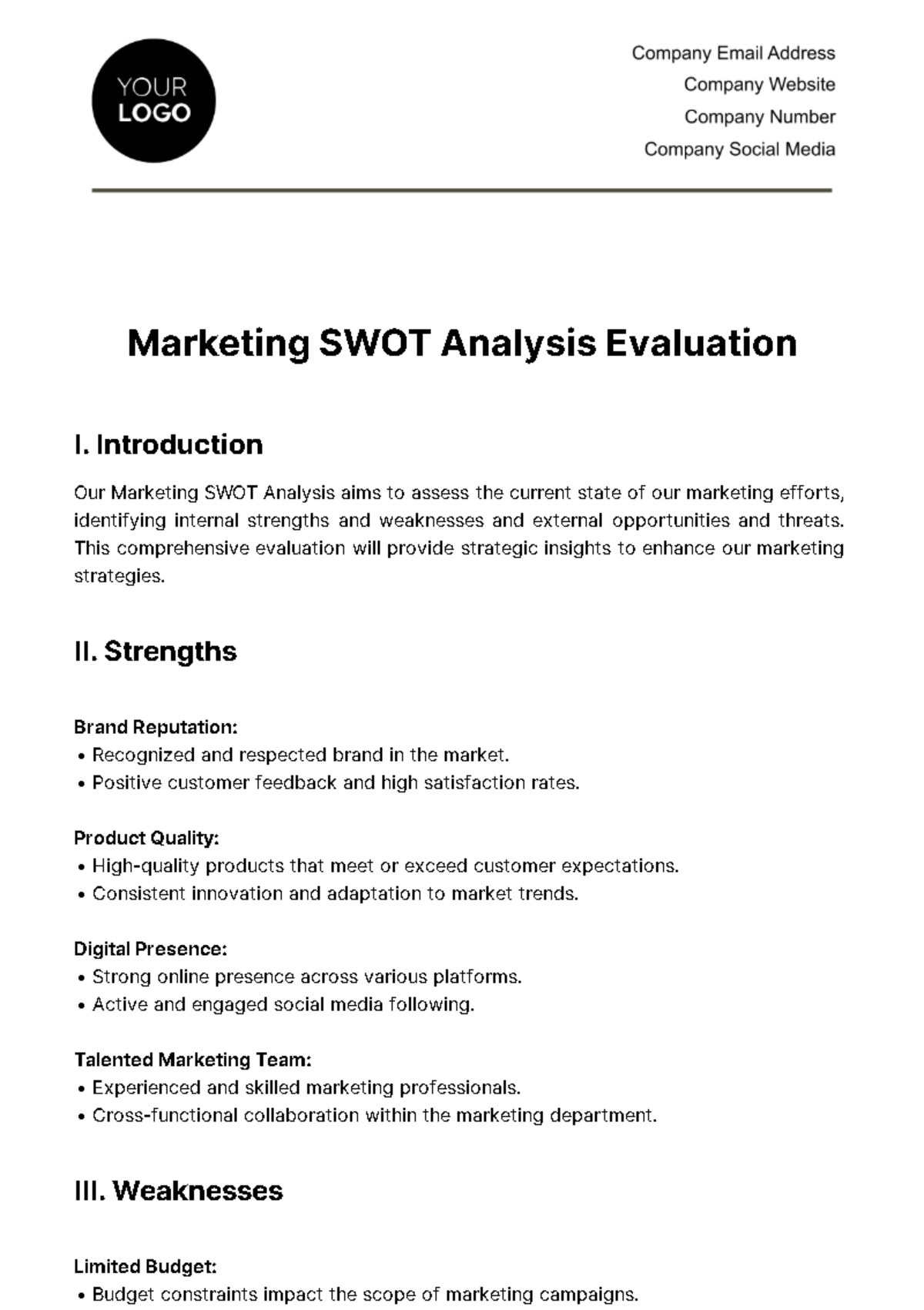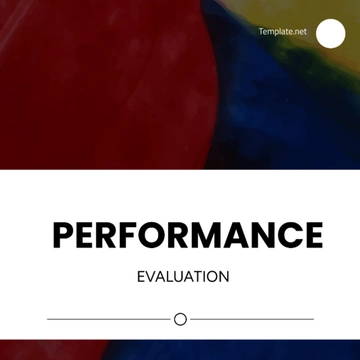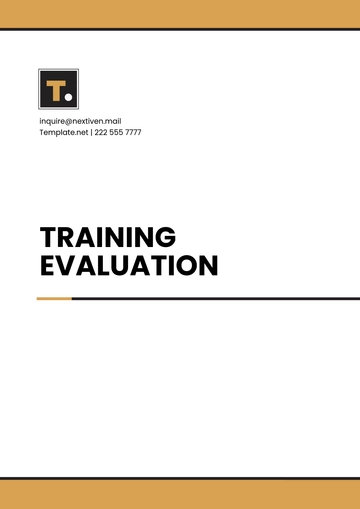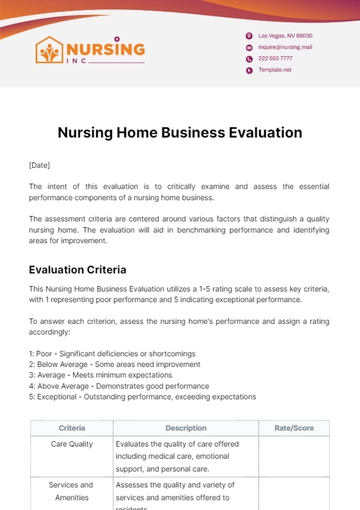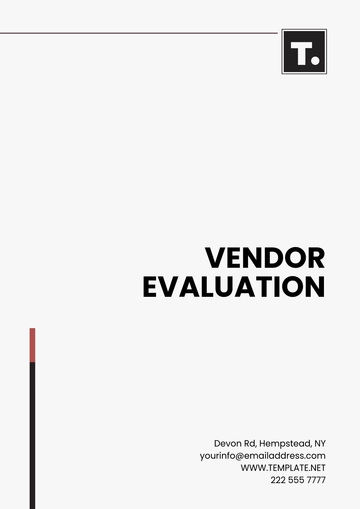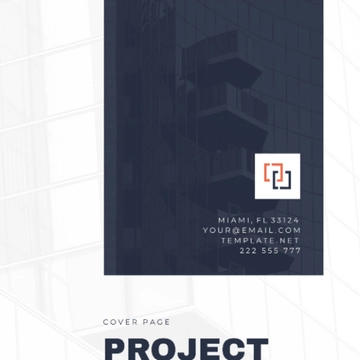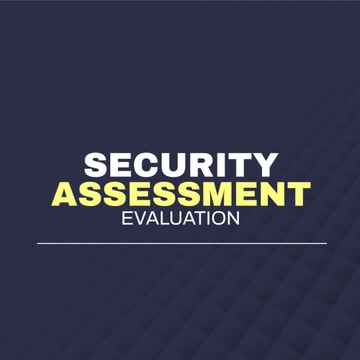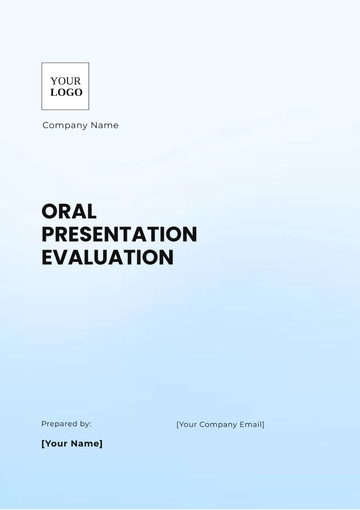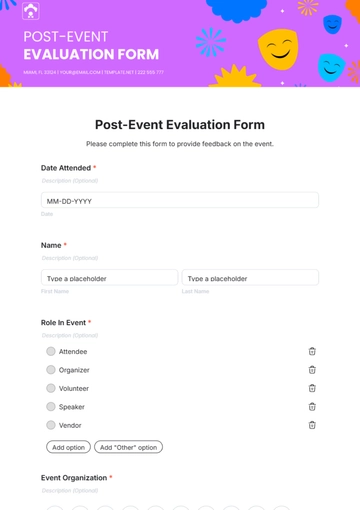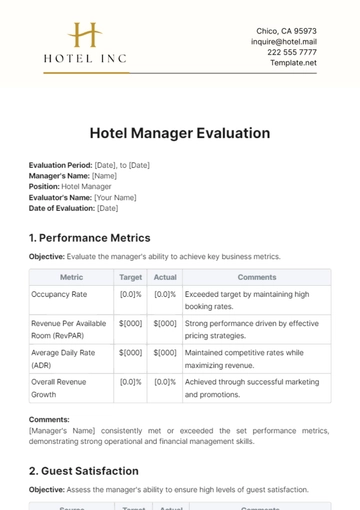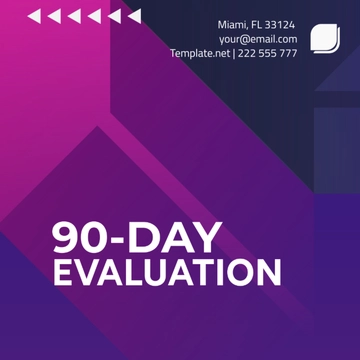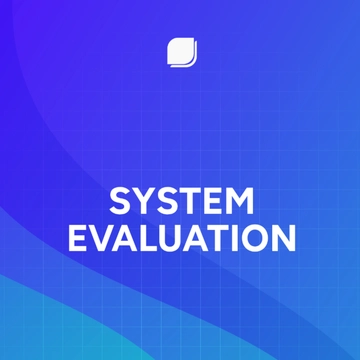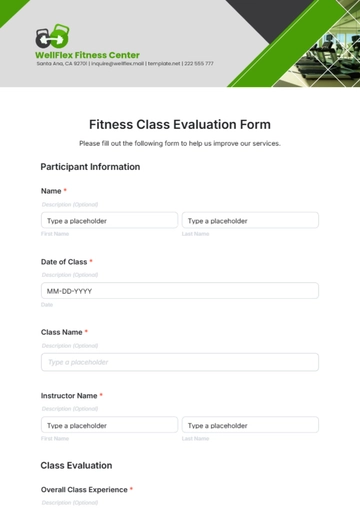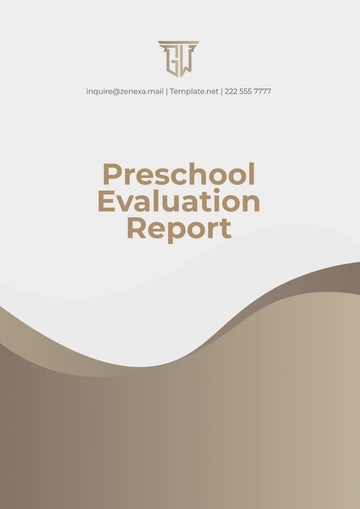Marketing SWOT Analysis Evaluation
I. Introduction
Our Marketing SWOT Analysis aims to assess the current state of our marketing efforts, identifying internal strengths and weaknesses and external opportunities and threats. This comprehensive evaluation will provide strategic insights to enhance our marketing strategies.
II. Strengths
Brand Reputation:
Product Quality:
Digital Presence:
Talented Marketing Team:
III. Weaknesses
Limited Budget:
Data Analysis:
Market Saturation:
Inconsistent Messaging:
IV. Opportunities
Global Expansion:
E-commerce Growth:
Technological Advancements:
Utilizing emerging technologies (e.g., AR, VR) for marketing.
Leveraging data analytics for targeted marketing campaigns.
Collaborative Marketing:
V. Threats
Competitive Landscape:
Economic Uncertainty:
Regulatory Changes:
Technological Risks:
VI. Conclusion
In conclusion, this Marketing SWOT Analysis provides a foundation for strategic decision-making. We can position our marketing initiatives for sustainable growth and success in a dynamic and competitive market by leveraging our strengths, addressing weaknesses, capitalizing on opportunities, and mitigating threats. Regular reassessment and adjustment of our strategies in response to changing market dynamics will be essential for continued effectiveness.
Prepared by: [Your Name]
Marketing Templates @ Template.net
